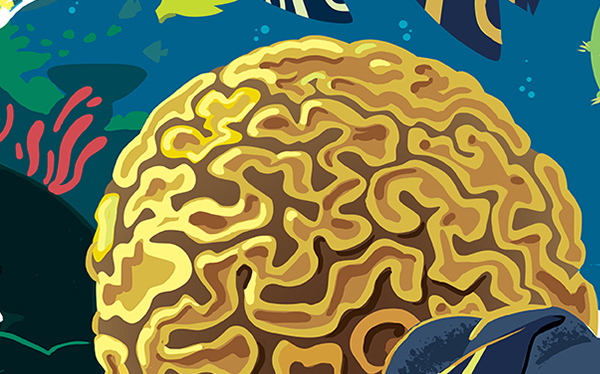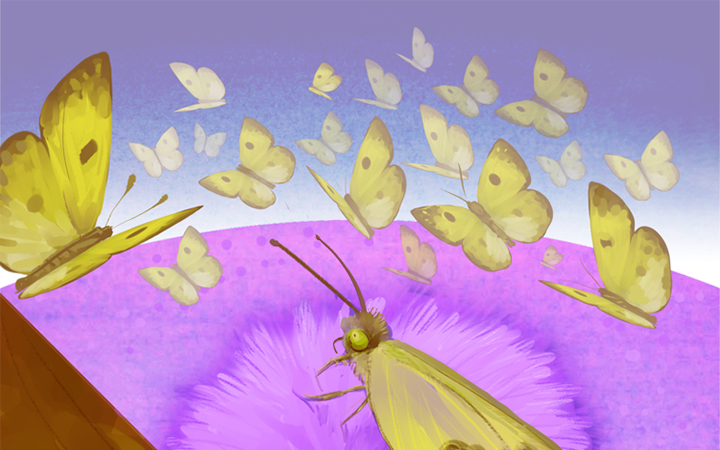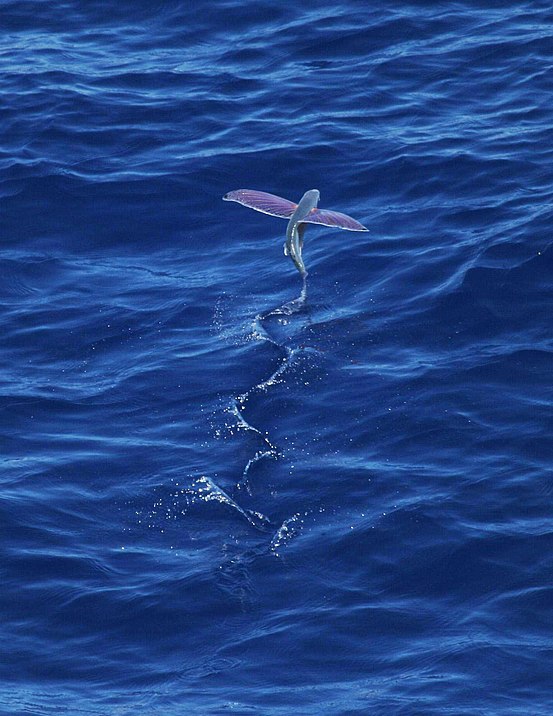Animalia

Coral
Anthozoa class



3 POINTS
Play: Anthozoa is a suspension feeder and must be played adjacent to a 1 PLANKTON species.
Fact: Darwin’s The Structure and Distribution of Coral Reefs, Being the first part of the geology of the voyage of the Beagle, under the command of Capt. Fitzroy, R.N. during the years 1832 to 1836, was published in 1842.

Clouded Yellow
Colias genus



3 POINTS
Play: Clouded Yellows have a FLIGHT of 2, and need to feed off a flowering PLANTAE species.
Fact: This genus occurs throughout the Northern hemisphere, and is also found in South America, Africa, China and India.

Galapagos Hawk
Buteo galapagoensis



6 POINTS
Play: This hawk has a FLIGHT of 2.
Fact: Darwin on the hawk: “A gun is here almost superfluous; for with the muzzle I pushed a hawk out of the branch of a tree…”

Flying Fish
Exocoetidae Family



6 POINTS
Play: This fish has a MOVE of 2 and needs to be played next to a PLANKTON species (for food).
Fact: The flights of flying fish are typically around 50 meters, though they can use updrafts at the leading edge of waves to cover distances of up to 400 meters!

Galapagos giant tortoise
Chelonoidis nigra



3 POINTS
Play: This tortoise has a MOVE of 2.
Fact: Charles Darwin visited the Galápagos for five weeks on the second voyage of HMS Beagle in 1835 and saw Galápagos tortoises on San Cristobal (Chatham) and Santiago (James) Islands.

Snowy Old
Bubo scandiacus


8 POINTS
Play: The Snowy Owl has a FLIGHT of 2.
Fact: The Snowy Owl is one of the largest species of owl and, in North America, is on average the heaviest owl species.